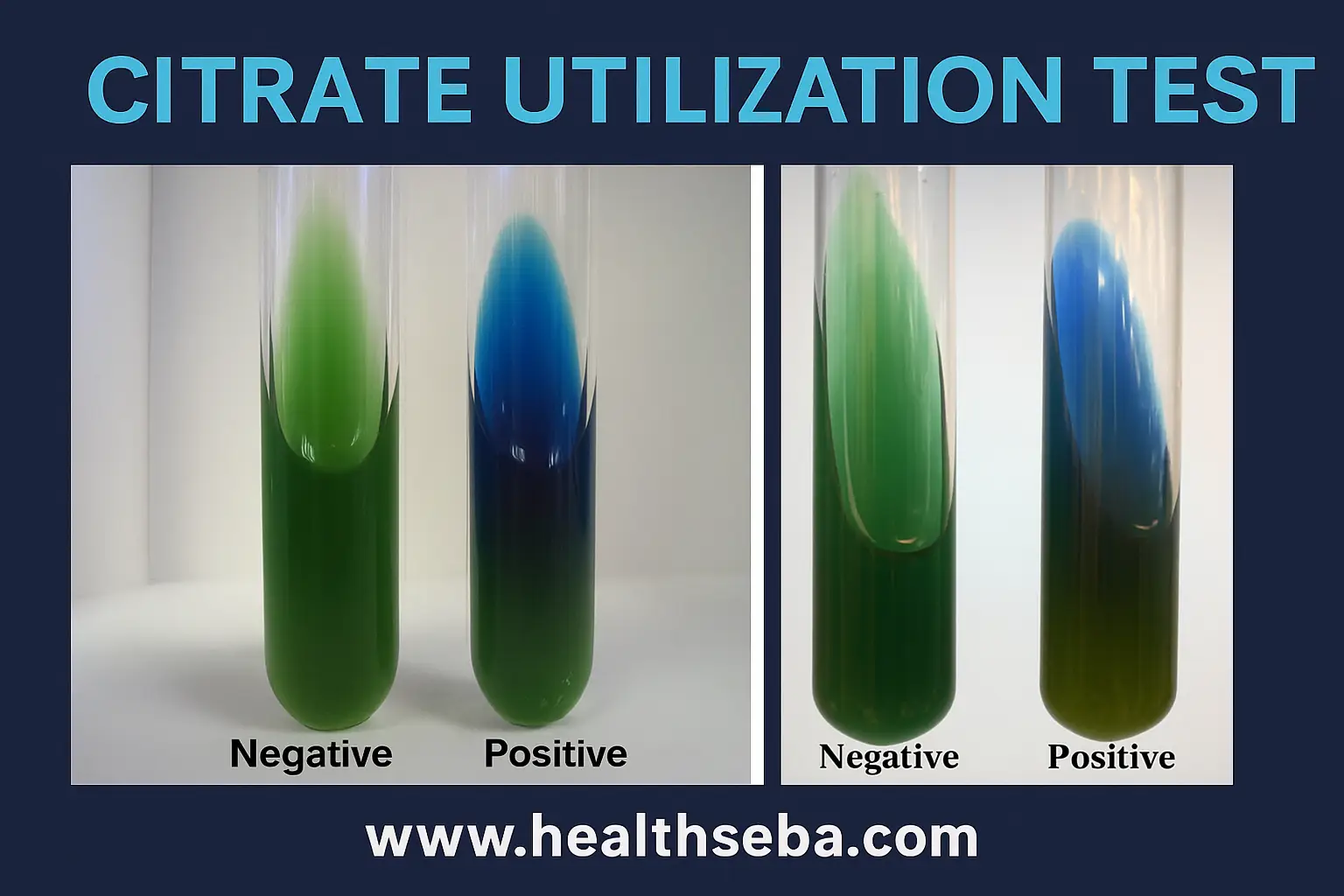Introduction
Microbiologists use blood culture broth as a specialized liquid culture medium to detect and isolate pathogenic microorganisms from blood. Doctors rely on it to diagnose septicemia, endocarditis, bacteremia, and systemic fungal infections. The broth actively supports the growth of both aerobic and anaerobic organisms, while modern automated systems continuously monitor the cultures for faster and more accurate results.
Media Type
Enrichment medium – Supports low numbers of bacteria in blood.
Liquid medium – Provides a large surface area for growth.
Diagnostic medium – Used to detect bacteria/fungi in bloodstream infections.
Composition of Blood Culture Broth
Exact composition may vary by formulation, but generally includes:
Trypticase soy broth / Brain heart infusion broth – Rich nutrient base.
Peptones – Nitrogen source.
Glucose – Energy source.
Sodium polyanethole sulfonate (SPS) – Anticoagulant and inhibits phagocytosis.
Sodium chloride – Maintains osmotic balance.
Agar (very small amount in some media) – Prevents settling of blood cells.
Optional supplements – e.g., hemin, vitamin K for anaerobic cultures.
Final pH: 7.2 – 7.4
Principle of Blood Culture Broth
The patient’s blood sample (5–10 mL in adults, 1–2 mL in children) is inoculated into broth.
Enrichment medium dilutes antibacterial factors in blood and supports growth of pathogens.
SPS (anticoagulant) prevents clotting and neutralizes bactericidal activity of blood.
Organisms multiply in broth → detected by turbidity, gas, hemolysis, or automated systems (e.g., BACTEC, BacT/ALERT).
Preparation of Blood Culture Broth
Prepare the basal broth (trypticase soy or brain heart infusion broth).
Add supplements (SPS, glucose, NaCl).
Dispense into culture bottles (10–50 mL capacity).
Sterilize by autoclaving at 121°C for 15 minutes.
Store at 2–8°C until use.
Types of Blood Culture Broth
Aerobic blood culture broth – For organisms like E. coli, Klebsiella, Staphylococcus aureus.
Anaerobic blood culture broth – For obligate anaerobes like Clostridium and Bacteroides.
Pediatric blood culture broth – Special formulation for low-volume samples.
Uses of Blood Culture Broth
Diagnosis of septicemia, bacteremia, and endocarditis.
Detection of fungal infections (e.g., Candida, Cryptococcus).
Isolation of slow-growing bacteria (Brucella, HACEK group).
Study of antibiotic sensitivity of bloodstream isolates.
Essential for hospital infection control programs.
Advantages
Detects organisms directly from bloodstream.
Supports both aerobic and anaerobic organisms.
SPS inhibits complement, phagocytosis, and certain antibiotics → improving recovery.
Limitations
Contamination during collection may give false positives.
Overgrowth of skin commensals (e.g., Coagulase-negative staphylococci).
Some organisms (e.g., fungi, intracellular bacteria) may require special media.
Expensive when using automated systems.
Conclusion
Blood culture broth is the gold standard for diagnosing bloodstream infections.
Related Posts

Natural Remedies For Thyroid
Introduction Natural Remedies For Thyroid can help support hormonal balance…

Genetics Of Diabetes
Introduction Genetics of diabetes shows how hereditary factors influence the…

Citrate Utilization Test
Introduction The Citrate Test and Voges–Proskauer (VP) Test are part…